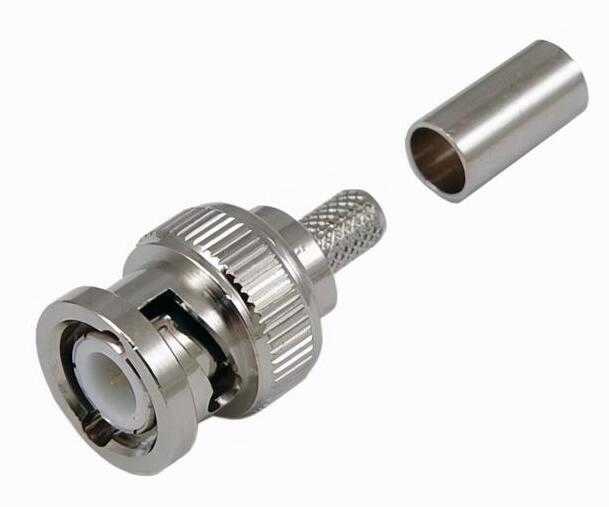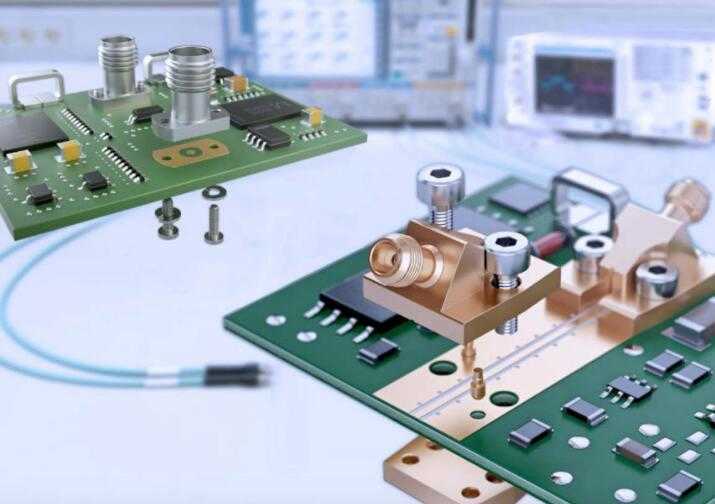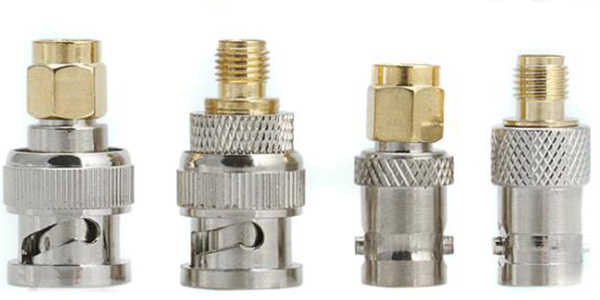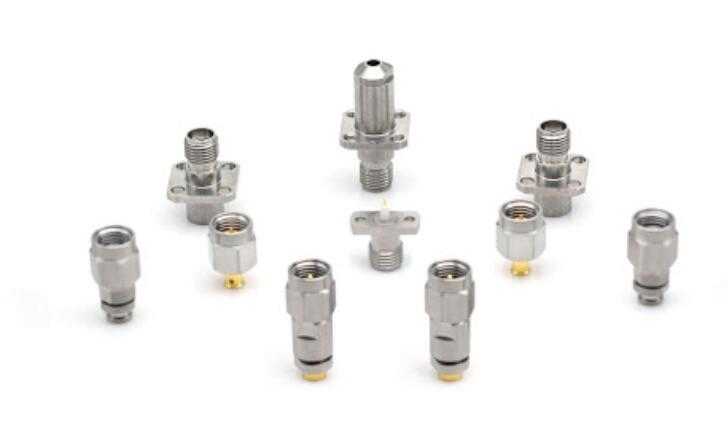Teach you to understand the microwave millimeter wave coaxial connector

When it comes to microwave circuits, you can't mention the?coaxial connectors. No matter which frequency band your circuit is in, as long as it needs to be measured on instruments such as spectrum analyzers and network analyzers, you will need a coaxial connector.

There are many types of coaxial connectors: SMA, SMB, SMC, APC-7, K connectors, and so on. Regardless of which connector you are using, you need to pay attention to the applicable frequency range before use. The frequency range of the connector is limited by the excitation of the first circular waveguide propagation mode in the coaxial structure. Reducing the outer conductor diameter will increase the maximum frequency that can be used; filling the space with an insulator reduces the maximum frequency that can be used and increases system losses. The performance of all connectors is affected by the quality of the connector interface. If the diameter of the inner and outer conductors deviates from the size required by the design, the plating quality is poor, or the gap at the joint is large, the reflection coefficient and the resistive loss of the interface are degraded. This is why the same kind of connector, good quality can be used at higher frequencies, and the VSWR is smaller, of course, if your circuit frequency is low, or just a test version, the requirements are not high.
Here are a few of the connectors that are commonly used in measurement and test applications.
APC-7 (7mm) connector
Among all 18GHz connectors, the APC-7 (Amphenol Precision Connector - 7 mm) has the lowest reflection coefficient and This is a non-polar design connector that is suitable for the most demanding applications, especially for metrology and calibration applications.

Type N The 50Ω connector is a connector designed for military systems below 4GHz in the 1940s. Improvements in the 1960s pushed performance to 12 GHz and later to 18 GHz. Some 75Ω products use an N-type design with a smaller center conductor diameter, but are not compatible with 50Ω connectors.
SMA connector
I believe this is the connector that most people usually touch, as long as it is basically used in the circuit, (unless you are doing millimeter wave circuit, it may not be used) SMA (micro A) connection The device is one of the most commonly used connectors for RF/Microwave. It uses a semi-rigid cable for infrequent connections. Due to the difficulty of fixing the dielectric struts, most SMA connectors have higher reflection coefficients than other connectors when used at 24 GHz.
3.5 mm connector
The 3.5 mm connector design strategy is to achieve a highly reliable physical interface with conventional SMA sizes to achieve thousands of repeat connections and reach 34 GHz.
1.0 mm feedthrough
The feedthrough adapter has a 1.0mm female connector at one end and a glass-to-metal seal at the other end. It is suitable for UHF (up to 110 GHz) signal transitions from coaxial to microstrip package or board.
2.92 mm connector
That is the K connector we usually use.It can be used in the DC-46GHz band, has good electrical performance, and is compatible with the widely used SMA connectors, and is quickly recognized by the majority of manufacturers, and has become the most widely used millimeter in the world. One of the wave connectors. The 2.92mm connector is compatible with SMA and 3.5 mm connectors. Excellent performance when used in the 46 GHz band, and the price is cheaper than the 3.5mm connector; when used below 18GHz, the performance is better than the SMA connector. Therefore, when you see that the K connector is similar to the SMA connector, but the price is a few times more expensive, don't be surprised, it is a high-end goods.

2.4 mm connector
The 2.4 mm connector is a connector for 50 GHz. This design addresses the vulnerability of SMA and 2.92 mm connectors by increasing the thickness of the outer wall and reinforcing the slots. It is precisely matched to SMA, 3.5mm and 2.92 mm connectors. However, since the manufacturer of the 2.4mm connector is not as expensive as the K-type connector and the price is high, the application does not have a wide variety of K-type connectors.
1.85 mm connector
The 1.85 mm connector operates at ; several manufacturers have been able to provide several such devices through development. The 1.85mm connector fits into the 2.4 mm connector and has the same ruggedness. In recent years, 1.85mm connectors have been optimized to reach 67 GHz. Many experts believe that this connector is the smallest coaxial connector possible for general use at 67 GHz.
1.0 mm connector
The 1.0 mm connector is designed to support all transmissions up to 110 GHz, an important achievement for precision manufacturing that enables reliable and flexible interconnection.
Simple summary
If you need to measure the test circuit below 18GHz, you can choose SMA connector, N-type connector and APC-7 connector, choose the kind, according to your circuit type, cost, etc., if your The boss has too much money to spend, you can also use K-type connectors and so on. If you are measuring and testing in the millimeter wave band, you can choose a K-type connector or a 2.4mm connector. Why not choose a 3.5mm connector? Because it has no price advantage and no performance advantage compared with the K-type connector (the applicable frequency is not as high as the K-type connector).

RENHOTEC Group was established in May 2005 and has been specialized in manufacturing and exporting various electronic connectors for more than 12 years. You can get almost all commonly used connectors, adapters, and cable assemblies from us at good factory prices. Our main product lines include:RF coaxial connector/board-to-board connector/wire-to-board connector/solar photoelectric connector/industrial terminal/cable assembly for computer and peripheral equipment.







Leave a Comment